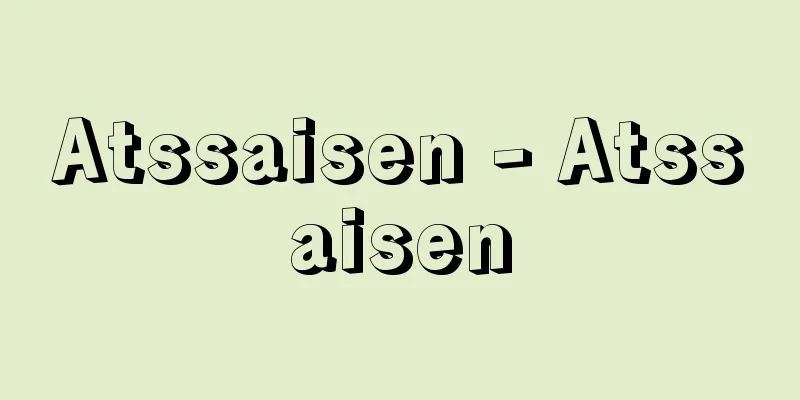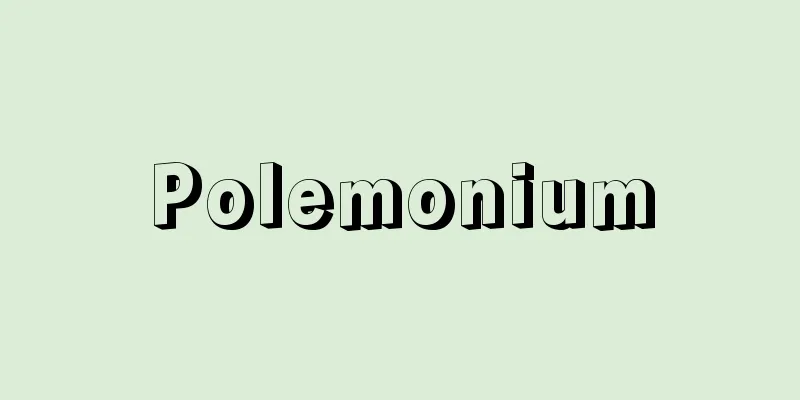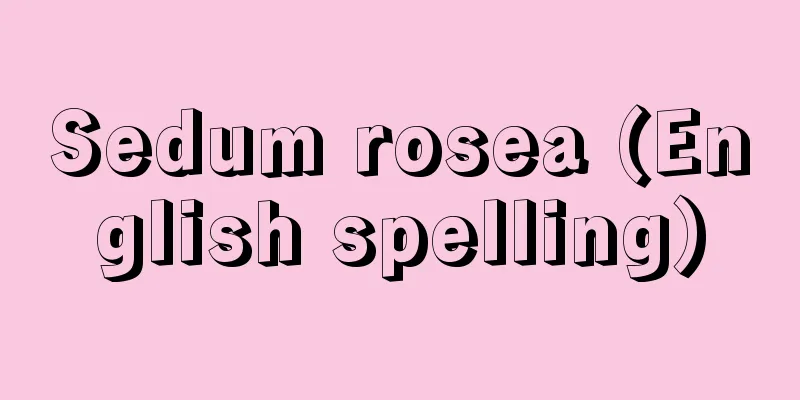Nasal polyp

What is the disease?What is the cause? The cause of nasal polyps is not a single one, but rather it is believed that various factors are involved. However, nasal polyps can also be caused by sinusitis, allergic rhinitis, The incidence of nasal polyps in each disease is shown in Table 2. How symptoms manifest The most common symptom in patients with nasal polyps is nasal congestion. If nasal congestion is severe on both sides, bilateral nasal polyps or choanal polyps should be suspected. The next most common symptom is olfactory disorder. Testing and diagnosisFirst, the patient is interviewed to check for allergic rhinitis, bronchial asthma, and aspirin hypersensitivity. Diagnosis is based on a nasal fiberoptic (endoscopic) examination. Nasal polyps are usually observed growing from the middle nasal meatus. The endoscope is also used to check for nasal polyps in the posterior and superior areas. Very moist and highly edematous nasal polyps tend to be more common in cases involving allergies. We also observe whether the nasal discharge is purulent, viscous, or watery. Furthermore, we also perform imaging diagnostics such as nasal sinus X-rays and CT scans, nasal discharge bacterial tests, and allergy tests. These tests will determine whether the nasal polyps are infectious or have a strong allergic component. Treatment methodsThe purpose of treating nasal polyps is to improve symptoms caused by the polyps themselves, such as nasal congestion and olfactory disorders. Then, associated symptoms such as postnasal drip, rhinorrhea, heavy head, and sleep-disordered breathing are also improved. Furthermore, if there is a coexisting disease of the lower respiratory tract, respiratory function can be improved by enabling nasal breathing or reducing postnasal drip. Regarding systemic drug therapy, in cases where there is no comorbidity such as bronchial asthma and nasal polyps are accompanied by purulent or mucopurulent nasal discharge, there is a high possibility that the polyps are associated with infectious sinusitis. If conservative treatment is ineffective, surgical treatment is selected. Since simple removal of nasal polyps leads to a high recurrence rate, endoscopic sinus surgery is performed to remove the lesion. What to do if you notice an illness The various symptoms of nasal polyps can have a significant impact on your daily life. Yukiko Iino, Yasushi Ohta "> Figure 5 Nasal polyps "> Table 2. Incidence of nasal polyps in various diseases Source: Houken “Sixth Edition Family Medicine Encyclopedia” Information about the Sixth Edition Family Medicine Encyclopedia |
どんな病気か 原因は何か 鼻茸の発症の原因は単一なものではなく、種々の因子が関与しているものと考えられています。しかし、鼻茸は副鼻腔炎、アレルギー性鼻炎、 各病気における鼻茸の合併率を表2に示します。 症状の現れ方 鼻茸をもつ患者さんで、最も頻度の高い症状が鼻づまりです。鼻づまりが両側にわたって高度な場合は両側性鼻茸、あるいは後鼻孔ポリープも疑うべきです。次いで頻度の高い症状は嗅覚障害、 検査と診断まず、問診でアレルギー性鼻炎の有無、気管支喘息の合併の有無、アスピリン過敏性の有無をチェックします。診断は、鼻腔ファイバー(内視鏡)による検査が基本です。通常は、中鼻道から鼻茸が発生しているのが観察されます。また、内視鏡を用いて後方や上方にも鼻茸がないかどうかを観察します。非常にみずみずしい、高度に浮腫状の鼻茸は、アレルギーの関与がある症例に多い傾向があります。 また、鼻汁の性状が膿性であるか、粘性であるか、水様性であるかを観察します。さらに、鼻副鼻腔X線やCTなどの画像診断、鼻汁細菌検査、アレルギー検査も行います。これらの検査で、その鼻茸が感染性のものか、あるいはアレルギー性の要素が強いかが推定されます。 治療の方法鼻茸の治療の目的は、鼻づまりや嗅覚障害といった鼻茸そのものによる症状を改善することです。次いで後鼻漏や鼻漏、頭重感、睡眠呼吸障害などの付随症状も改善します。さらに、下気道の病気を合併している場合は、鼻呼吸を可能にすること、あるいは後鼻漏が軽減することによって呼吸機能の改善が得られます。 全身的薬物療法としては、気管支喘息などの合併がなく、膿性あるいは粘膿性の鼻汁を伴う鼻茸の場合は感染型副鼻腔炎に伴う鼻茸の可能性が高いため、14 保存療法で効果が得られない場合は、手術療法が選択されます。単なる鼻茸切除だけでは高率に再発を起こすため、内視鏡下で鼻内副鼻腔手術を行って病巣を除去します。 病気に気づいたらどうする 鼻茸による種々の症状が、日常生活に与える影響は大きいものがあります。鼻づまりがひどく、以前から 飯野 ゆき子, 太田 康 "> 図5 鼻茸 "> 表2 種々の病気における鼻茸の合併率 出典 法研「六訂版 家庭医学大全科」六訂版 家庭医学大全科について 情報 |
Recommend
Candia
…The center of Cretan civilization, Knossos, was ...
Laugerie Haute (English)
…In this theory, the latter is called the Périgor...
Magnolia campbellii (English spelling) Magnoliacampbellii
…[Kunihiko Ueda]. … *Some of the terminology that...
Akimonto - Followers of Aki
…Mutual aid in rural areas was also cultivated by...
Flower Festival
A Kagura festival held in each village in the luna...
Wilkinson complex - Wilkinson complex
This is chlorotris(triphenylphosphine)rhodium [Rh...
Trademark - shouhyo (English) trade mark
A mark is a sign used in connection with goods or...
Imperial Agricultural Association - Teikoku no Ukai
Established in 1910 (Meiji 43) by the amendment o...
Mandibular ramus - Science
The rectangular part located at the rear of the ma...
Prince Shotoku
A politician and religious thinker in the Asuka p...
Family tree - Kakeifu
…the study of genealogy or genealogy. In ancient ...
Babiana plicata (English spelling)
…[Tora Saburo Kawabata]. … *Some of the terminolo...
Hockett, C.
...The heyday of American structural linguistics,...
Français - France (English spelling) Jean Françaix
French composer and pianist. Born in Le Mans. Stu...
Laws of the Courtiers - Kugehatto
…On July 17, 1615 (Genwa 1), immediately after th...



![Hokkaido Takushoku Bank [Stock] - Hokkaido Takushoku Bank](/upload/images/67ccda18e8299.webp)





